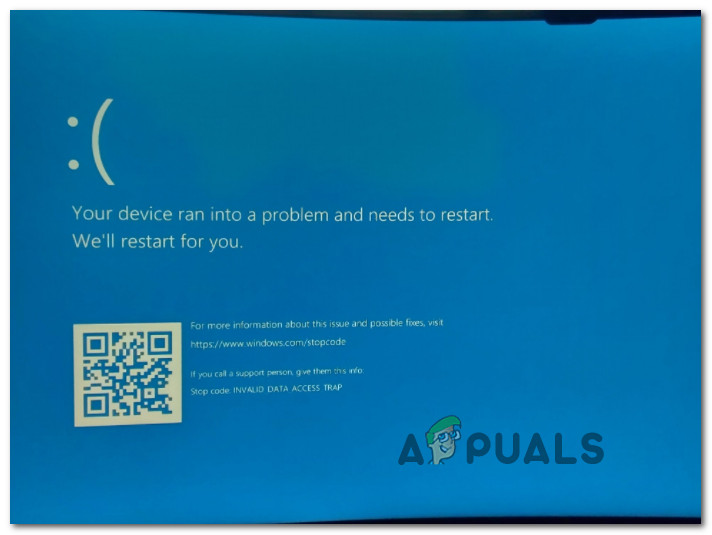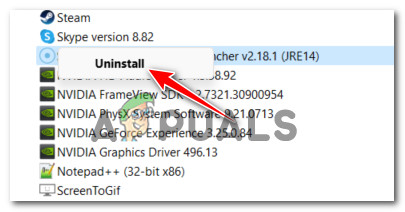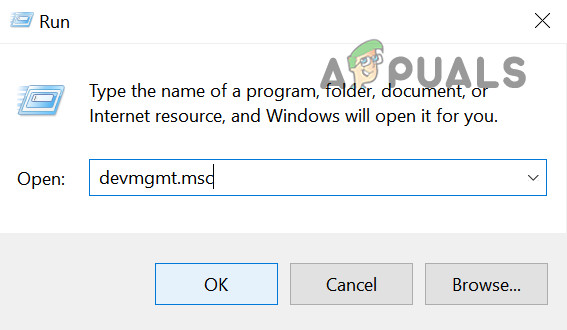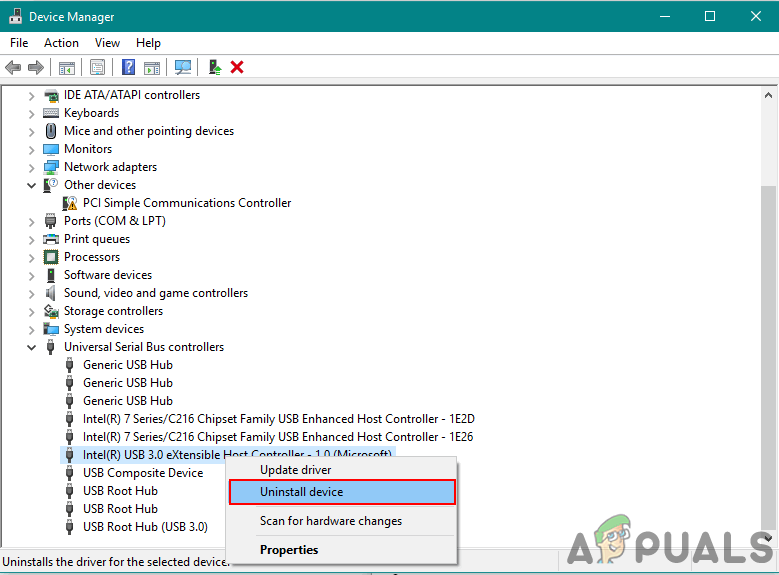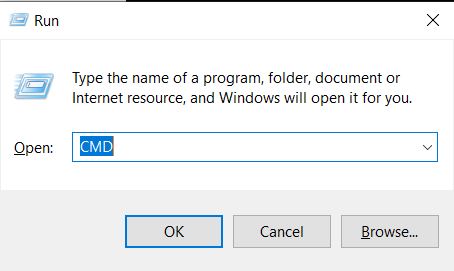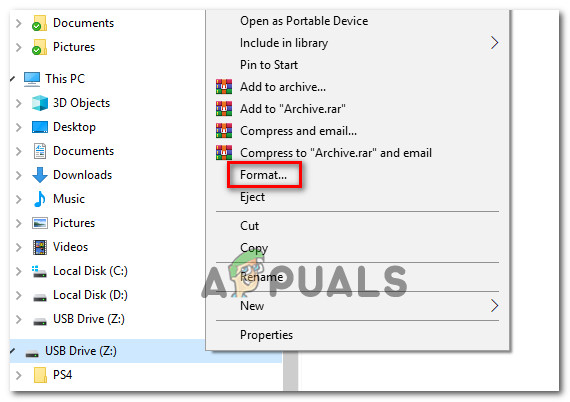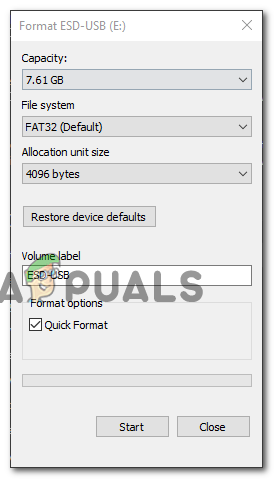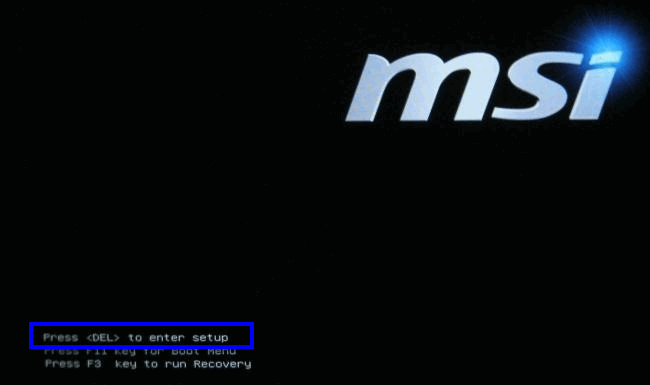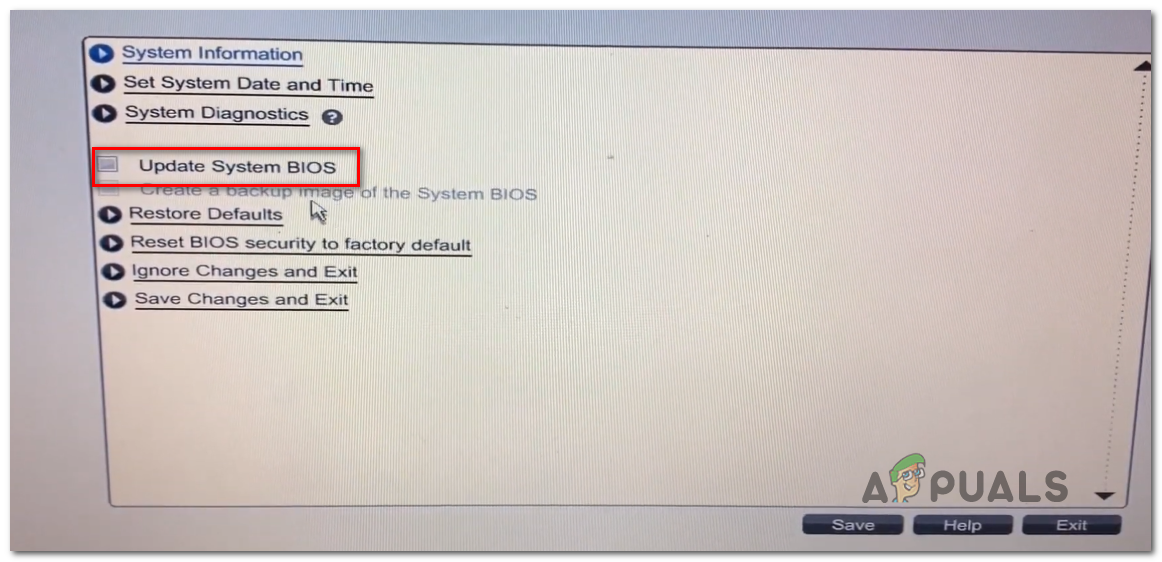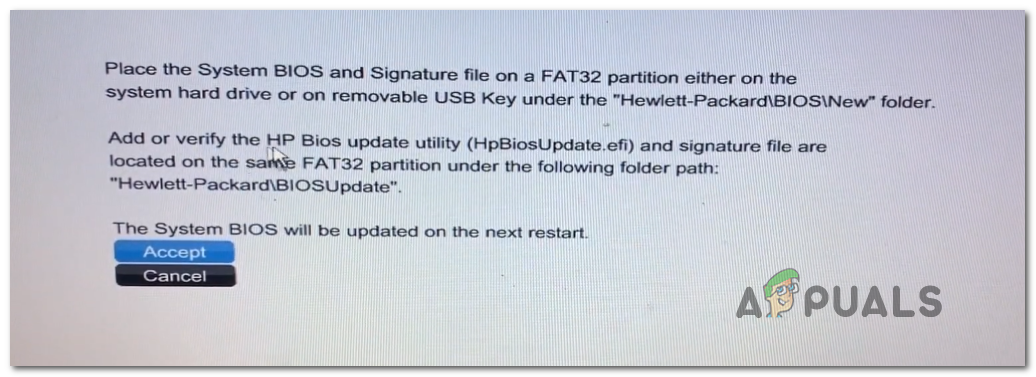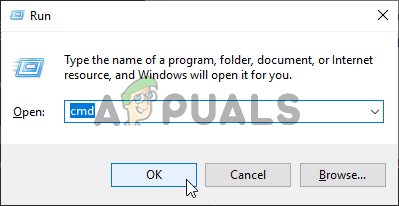After investigating this issue, it turns out that this problem has multiple potential causes that might be responsible for this error code. Here’s a list of reasons why you might be seeing this problem occur on your Windows 11 computer: Now that we went over every potential reason why you might see this BSOD crash occurring on Windows 11, let’s go over a few methods that have been confirmed by other users that have been dealing with the same kind of issue.
Uninstall Media Related apps (if applicable)
As it turns out, the fix that seems to help a lot of Windows 11 users eradicate the INVALID_DATA_ACCESS_TRAP blue screen of death is uninstalling every media app. There are no official explanations on why this is effective, but community members are suspecting that some old dependencies that are used by legacy apps like VLC and Media Feature are somehow conflicting with the new file-sharing protocol on Windows 11. If you’re experiencing this issue while trying to access some native components of Windows 11, follow the instructions below to uninstall legacy media player apps such as VLC, BS player, and the Media Feature Pack. Here’s what you need to do: If the problem is still not fixed or this method was not applicable, move down to the next potential fix below.
Reinstall every USB 2 and USB 3 drivers
As it turns out, a scenario that often causes the INVALID_DATA_ACCESS_TRAP BSOD is a scenario in which your USB 2.0 or 3.0 drivers are corrupted or partially incompatible with your current PC configuration. In order to fix this issue, you’ll need to go into Device Manager and manually update every USB driver under Universal Serial Bus Controllers. This method has been confirmed to be effective n situations where every attempt at updating Windows 11 resulted in the same blue screen of death (INVALID_DATA_ACCESS_TRAP). If this scenario is applicable, follow the instructions below to reinstall every USB 2.0 and USB 3.0 drivers. Here’s what you need to do: If the same kind of issue is still occurring, move down to the next potential fix below.
Uninstall Capture Software & Power DVD (if applicable)
If you get this issue while attempting to upgrade to Windows 11 or when attempting to install a pending feature upgrade and you don’t have any 3rd party media program installed, you should take a look if you have PowerDVD or a capture software like Avermedia installed on your PC. Capture software products and CD / DVD burning suites like PowerDVD are known to interfere with certain cumulative feature updates, so it wouldn’t hurt to have them uninstalled prior to checking if the INVALID_DATA_ACCESS_TRAP is fixed. If you’re looking for specific instructions on uninstalling capture or burning software, move down to the next method below: If the problem is still not fixed or this method was not applicable, move down to the next potential fix below.
Deploy a CHKDSK Scan
According to some affected users, the INVALID_DATA_ACCESS_TRAP blue screen of death can also appear as a result of some bad sectors on your HDD that might be crashing the OS when you’re trying to perform a certain action. In the event that bad sector data ends up affecting a critical service and crashing your system, you’re most likely seeing the INVALID_DATA_ACCESS_TRAP due to a critical crash. Some users that were facing this issue when attempting to move, delete or manage files on the OS drive have confirmed that running a CHKDSK scan ended up resolving the issue for them entirely. Note: A CHKDSK (Check Disk) scan will scan your disk space for any inconsistencies and automatically attempt to repair it (if you run it with the /f parameter. You can also follow this method if you’re experiencing the INVALID_DATA_ACCESS_TRAP crash when attempting to update your Windows build to the latest. Here’s a quick guide on running a CHKDSK scan: If the problem is still not fixed, move down to the next potential fix below.
Update your BIOS version
According to a few technical Windows users that have been experiencing this issue, the BSOD crashes with the INVALID_DATA_ACCESS_TRAP error code can originate from an outdated BIOS firmware that’s not updated to accommodate Windows 11. This is even more likely if you’re experiencing this issue while trying to update your Windows 11 to a newer build. In this case, you’ll have to flash your current BIOS version and update it to the latest version made available by your motherboard manufacturer. If you’re still experiencing the INVALID_DATA_ACCESS_TRAP BSOD despite following every potential fix above, proceed by creating a bootable USB containing the BIOS update and installing it from the initial screen. Note: Each manufacturer has its own BIOS updates according to their various models and the steps of installing it will be slightly different. There is no universal way of flashing a BIOS via USB, so the best we can do is create a few general steps that should point you in the right direction. Important: Before starting with the steps below, take the time to look over the official documentation provided by your manufacturer on how to update your BIOS version via USB. Here are the general instructions on how to do this: In case the problem is not fixed or you were already using the latest available BIOS firmware version, move down to the next method below.
Deploy SFC and DISM scans
Another scenario that might indirectly cause a critical crash with the INVALID_DATA_ACCESS_TRAP status code is some type of system file corruption. Most likely, a critical process used in the action that you’re taking when getting the error is unreachable due to some type of system file corruption. If this scenario looks like it could be applicable, you should be able to resolve the most common file corruption instances by running a couple of utilities capable of fixing this behavior: SFC (System File Checker) and DISM ( Deployment Image Servicing and Management). Both utilities are useful for situations where a system file corruption is involved. The key difference is the two have different approaches when it comes to fixing system file corruption. And this is why we recommend running them in quick succession. SFC is much more efficient when dealing with logical errors rooted in a drive problem, while DISM is better at fixing OS components. But keep in mind that DISM requires an Internet connection since it relies on the WU component to download healthy copies to replace corrupted files. On the other hand, SFC is entirely local and uses a locally cached copy to replace corrupted instances. If you haven’t tried fixing your INVALID_DATA_ACCESS_TRAP error using these two utilities so far, follow the instructions below to run both in quick succession from an elevated CMD prompt: If you’re still experiencing the same type of critical BSOD crash (INVALID_DATA_ACCESS_TRAP) despite the fact that you run both scans (SFC and DISM) in quick succession, move down to the final potential fix below.
Perform a repair install
In case the SFC and DISM scans above didn’t fix the issue in your case, there’s a big chance that you’re dealing with some type of system file corruption that cannot be fixed conventionally. In this case, the only viable fix is to perform a series of instructions that will reset every OS component. If you’ve come this far with no resolutions, there are two ways you can deal with this issue: If you don’t mind losing the data currently stored on your OS drive, a clean install is a less tedious procedure that only requires a few clicks and no installation media. However, the major disadvantage is that you will lose your personal data (apps, games, user preferences, etc.) unless you back up your data in advance. If you don’t want to lose your personal data, you should go for a repair install. But keep in mind that this procedure is a bit more lengthy and you will need to use compatible installation media. However, the big advantage is that you get to keep all your personal components including apps, games, user preferences, and personal media. The operation will only rest the OS components.
FIX: Error 0x80246002 and BSOD during Windows Update in Windows 10FIX: KERNEL_SECURITY_CHECK_FAILURE BSOD in Windows 10How to Fix igdkmd64.sys BSOD on Windows 10Fix: DRIVER_OVERRAN_STACK_BUFFER BSOD on Windows 10
